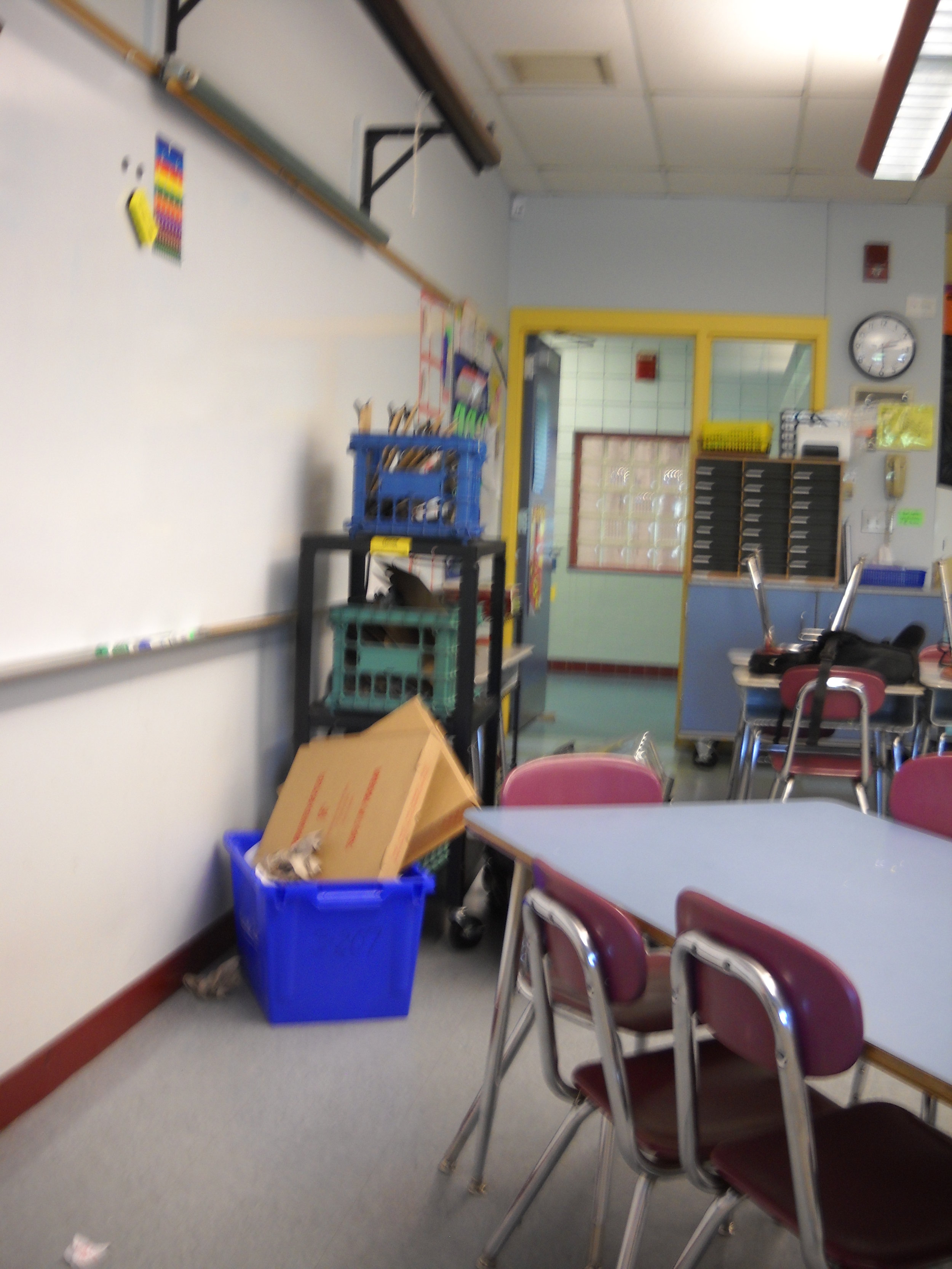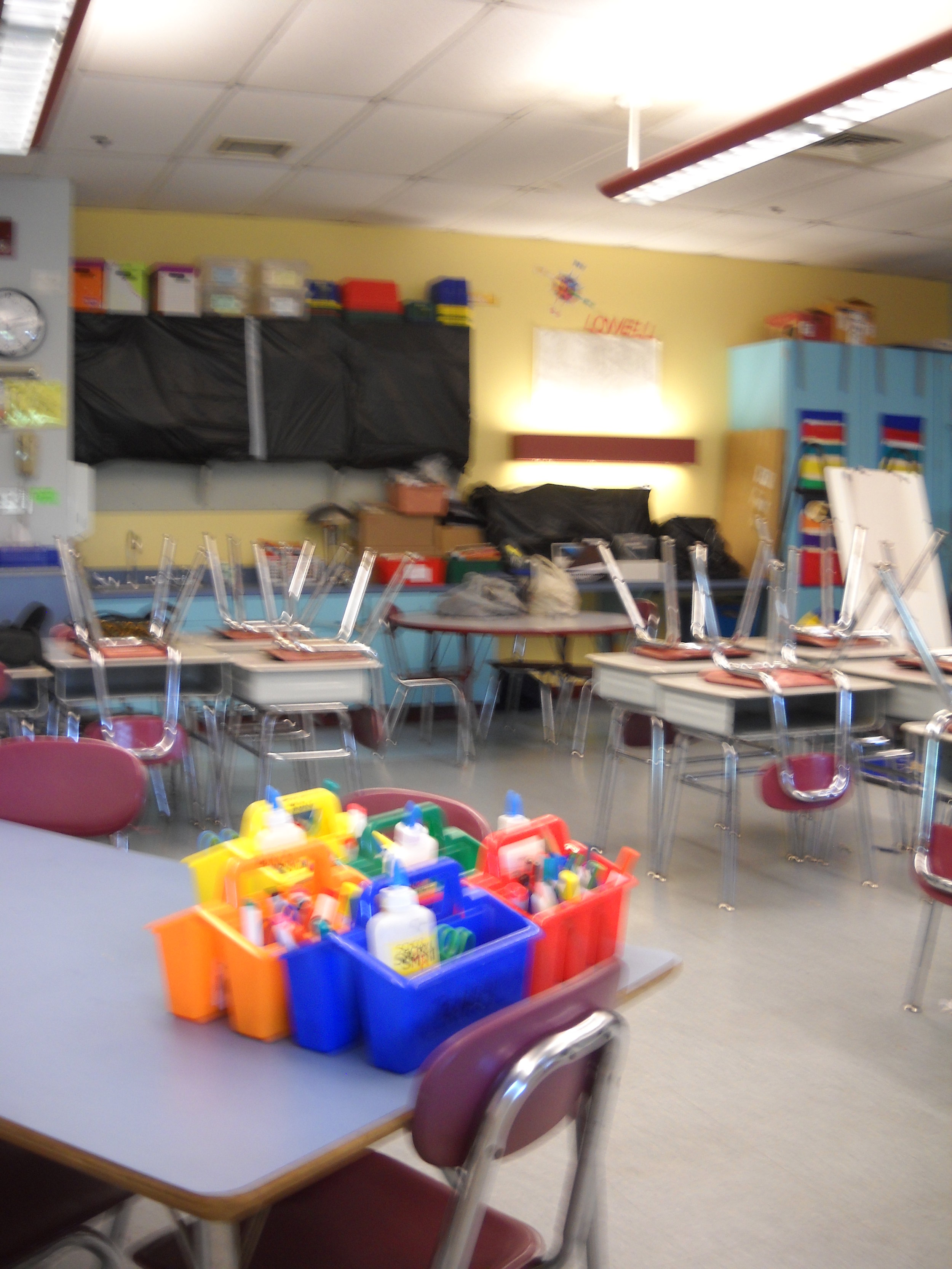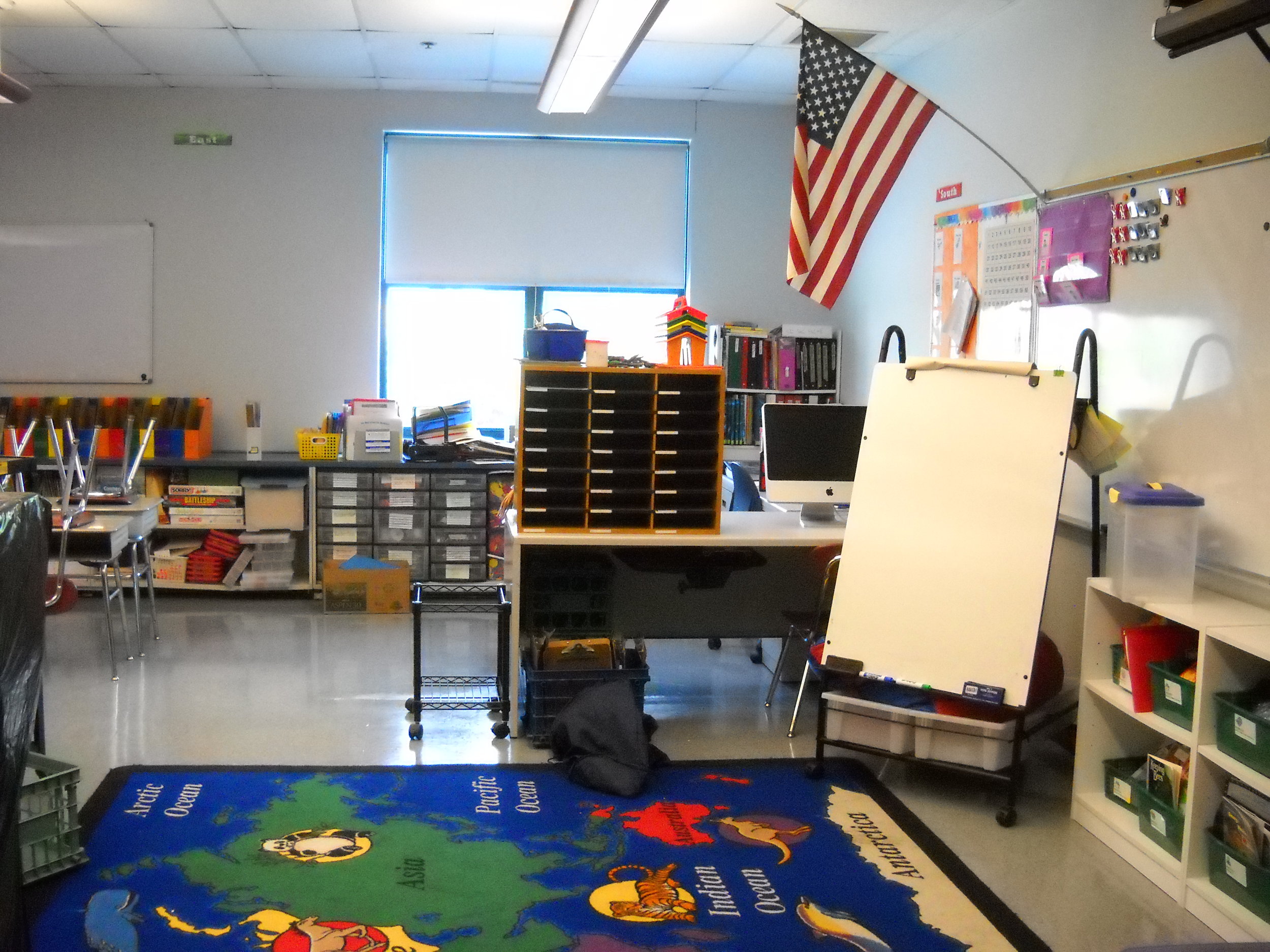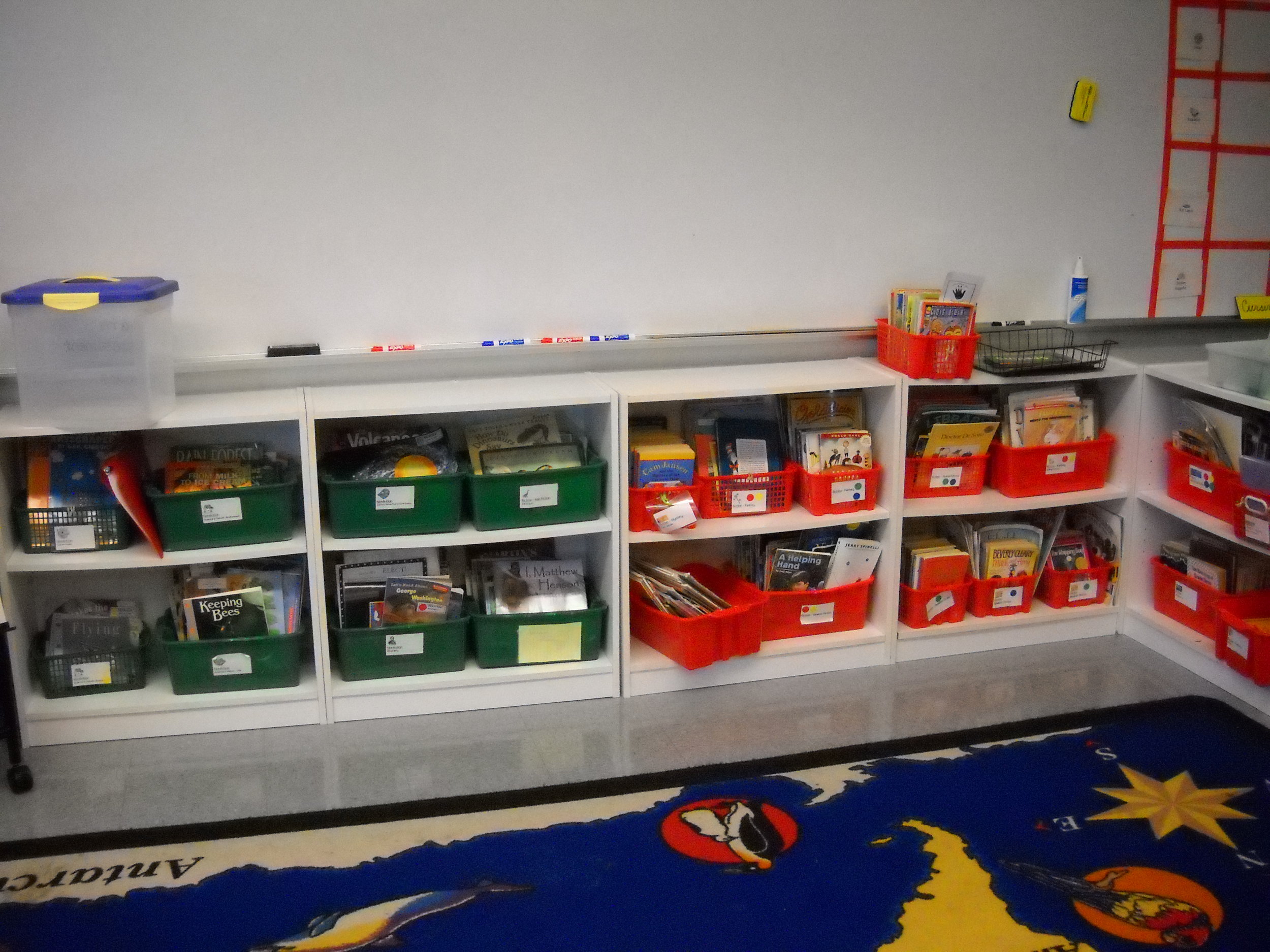Whew - 4 down one to go
We are still laying down the routines and expectation for the Daily Five. Here's how my morning goes: Get up (usually before the alarm), start coffee, sit down with my laptop, check email (and Facebook, okay I admit I'm addicted) and then watch one of the Sister's videos on the Daily Cafe website.Most of my students - with the exception of two who are exceptional in that they have significant developmental delays - are able to sustain 15 minutes of Read to Self followed by 15 minutes of Writing. I don't suppose it is that unusual at this point in the year to find my students can sustain stamina for nearly 30 minutes for the first choice session, but the stamina in the second choice session is about 2/3 of that.There are a few glitches. I can hear my students using Check for Understanding when they Read to Someone. But the voice levels are so loud - or at least I think they are. Coming from a background in constructivist mathematics where the classroom can be a noisy place, I am torn about stopping and restarting the students - they are talking on topic after all.Next week we will add Listen to Reading -- without the benefit of a listening center. (shameless plug: I've written a proposal on Donorschoose.org if you are feeling supportive). We will be using our boombox for that... wish us luck!What I am seeing is a powerful transfer of responsibility to my students. They are starting to feel empowered by choosing what they will work on. And I am delighted that I was able to give a complete Fountas & Pinnell benchmark test without waving off at least one student who didn't know what to do next and who wanted to interrupt me.I think we're getting somewhere.












